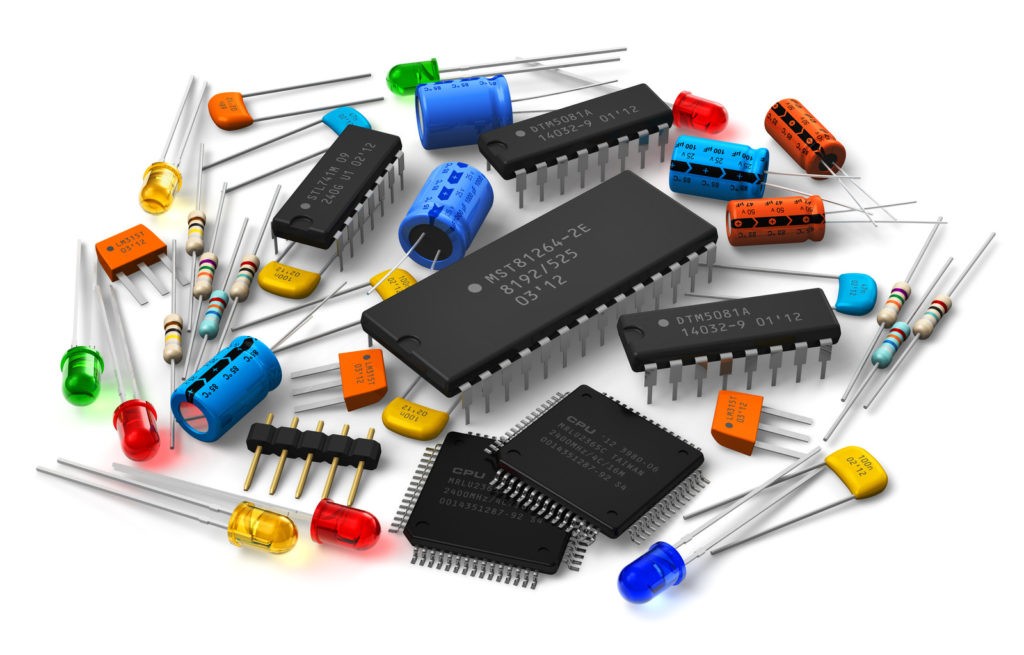Understanding Integrated Circuit: Kinds, Functions, & Applications of Integrated Circuit?
We now have observed in the past that technologies have changed continuously and was able to squeeze itself into a scaled-down and concise structure. Let’s take an example of the primary computers that were made were the length of a warehouse of 1000 laptops which we use today. Think about how it has occurred possible? What is anxiety it is integrated circuits.

The circuits which are made previously were large and hulking, having a circuit components like resistor, transistor, diodes, capacitor, inductor, etc. which are connected alongside copper wires. This factor limited the utilization of the circuits to big machines. It was impossible to make smaller than average compact appliances with these big circuits. Moreover, they weren’t entirely shockproofed and reliable.
As stated, necessity may be the mother of all inventions, similarly, the latest technologies each one is the result of it. There is essential to build up circuits of smaller size with increased power and safety to feature them into devices. Once there were three American scientists who invented transistors which simplified what to quite a level, nevertheless it was the introduction of integrated circuits that changed the facial skin of electronics technology.
What’s Integrated Circuit?
A built-in circuit (IC), it sometimes might be called a chip or perhaps a microchip is a compilation of transistors which might be positioned on silicon. An internal circuit is just too small in space, if it’s when compared to standard circuits that happen to be made from the independent circuit components, it’s about the size of a fingernail. IC is a semiconductor wafer (also known as a thin slice of semiconductor, like crystalline silicon) where thousands or millions of tiny resistors, capacitors, and transistors are fabricated.
Modern electronic circuits aren’t comprised of individual, means they can’t be made up of separated components as once was true. Instead, many small circuits take hold in one complex little bit of silicon as well as other materials called an internal circuit(IC), or chip or microchip. The creation of integrated circuits begins with a straightforward circular wafer of silicon several inches across.
Firstly designers made drawings of where by each take into account each part of the circuit is to go so your processing would become easy. A photograph of each and every diagram might be reduced in dimensions repeatedly to produce a smaller photolithographic mask.
The silicon wafer is coated having a material called a photoresist that undergoes a chemical process when confronted with ultraviolet light. Ultraviolet light shown through the mask to the photoresist creates an equivalent pattern on the wafer as comparable to that mask. Then solvents etch to the aspects of the resist which are encountered with the sunshine, leaving another parts intact. Then another layer of your silicon material doped with a few impurities that it is set into the wafer, and the other pattern is etched in with a similar technique.
The consequence of these operations is a multilayered circuit, with a lot of countless tiny transistors, resistors, and conductors created from the wafer. The wafer will then be broken apart along prestressed lines into many identical square or rectangular chips, that’s no more integrated circuits.
For more information about ANSC go to see this internet page: click for more info

Leave a Reply
You must be logged in to post a comment.